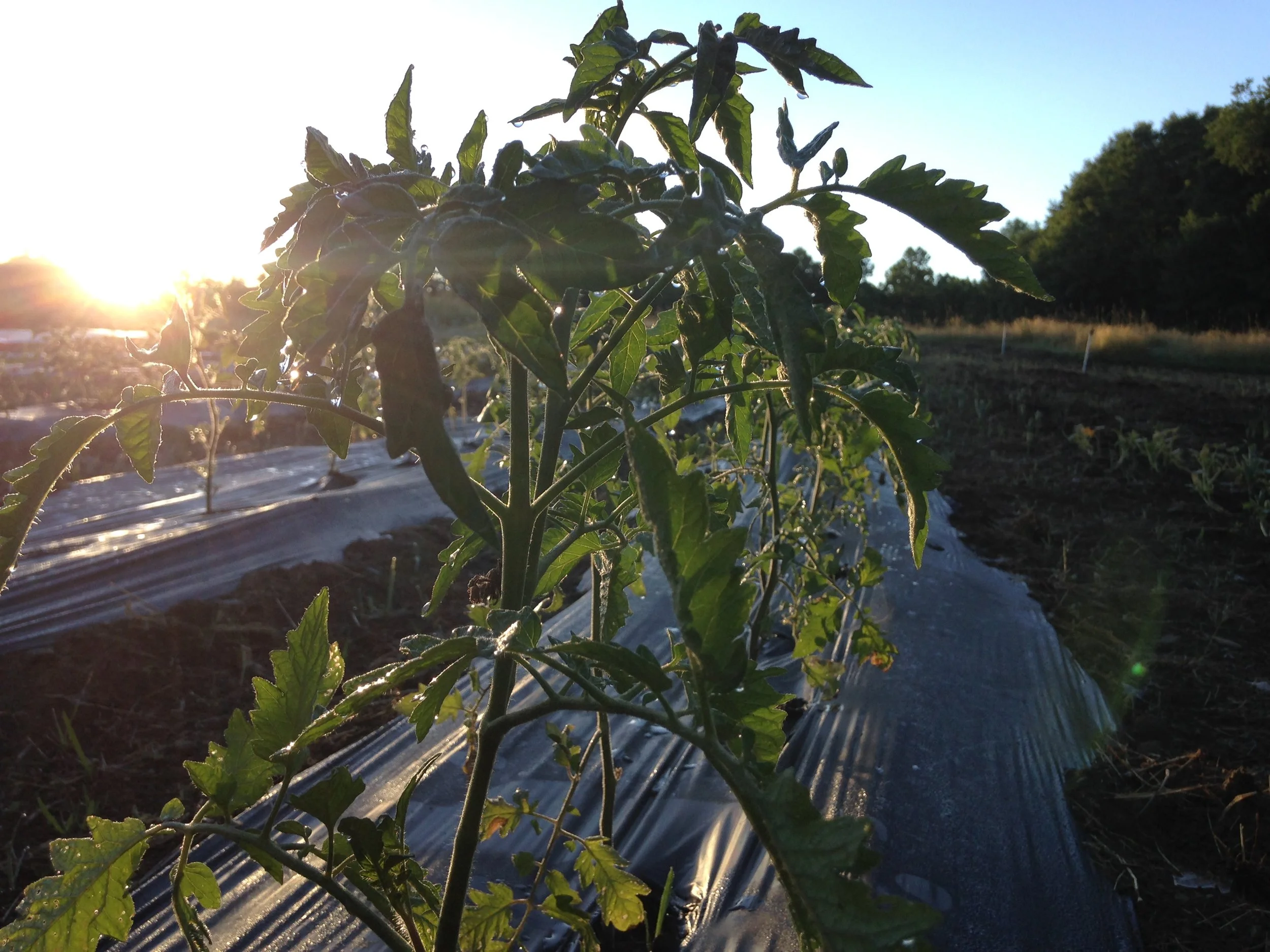My mother’s mother was entirely Polish; her name was Esther. Esther’s father sailed from Poland to America, where he met his future wife, who was also Polish. (My mother’s father was Lithuanian.) My grandmother could speak and read Polish. When she gave us the Polish word for something, she lowered her voice, like the sounds were coming from deep down, and she’d punctuate the lesson with a big, proud grin.
My mother moved away from her Ohio family long before I was born, and I didn’t feel much connection to her Polish ancestry. When we’d return for weddings, I’d scramble out of the way to avoid being swept up in the fearsomely fast polkas. (Polka, by the way, isn’t actually a Polish invention. My indifference in acknowledging this fact is proof of how removed I am from my Polish roots.)
But a few years ago, I started following the site, Polish Your Kitchen, out of curiosity. It was fun to read the recipes, but most of them were either meat-centric or more complicated than I was willing to tackle.
Then, I came across Anna’s recipe for zupa fasolowa (fah-soh-loh-vah), a hearty Polish bean soup. I was curious to try it, so I added vegetarian bacon and marjoram to my grocery list. It had been awhile since my cupboard was stocked with marjoram. Apparently, it’s a traditional Polish seasoning.
When it was time to make the soup, Jason helped, and we invited Silas to drag a chair to the counter. When Silas was little, he used to drive me crazy with always wanting to help in the kitchen. Now, sometimes I’ll ask him to help, and he’ll say, “That’s OK,” and keep playing. But tonight, he wanted to be included in this mom-and-dad activity, plus he was highly curious about this fake bacon we kept talking about.
While Jason diced carrot and onion, and taught Silas how to cook (fake) bacon, I chopped potatoes. Everything smelled so good, and we had a warm fire crackling. Silas was chatty and precious, standing on his chair and stirring the pot. I just felt so damn happy.
You know when you’re cooking something, and you just know it’s going to be delicious? That’s how I felt, and a sample taste proved me right. This soup’s combination of smokiness and allspice makes it warm and cozy. I’m proudly adding this Polish zupa to my repertoire.
I also learned a good tip from Anna’s recipe. To thicken your water-based soup with flour (and keep it clump free), separately whisk together cold water and a few tablespoons flour, then add it to your cooked soup ingredients.
Here’s my zupa fasolowa.
History has been on my mind lately.
Earlier this week, the snowpack we’ve had since early January was coaxed to slush by warm southwest winds and sunshine. We finished up school early so we could enjoy the novelty of deep snow and balmy breezes. Even Luna was panting by the time we reached the farm.
Inside the high tunnels, it was hot enough to strip to a T-shirt. We took down the rest of the tomato hooks, and then relaxed in the sun. Jason and Silas tossed a ball the length of the Big Tunnel for Luna, and I rested on a bucket.
After a few minutes, head-to-toe warmth in February had me under its spell. I sank down on a straw-covered row and closed my eyes. When Jason and Silas left for home, I stayed. It felt like I was on the beach, with the wind like waves and the whipping plastic like sails. Last season’s straw had been soaking up the sun all morning. I’ve never had a spa treatment, but I don’t think they could do much better. It was one of those rare moments of luxuriant rest that come only in solitude, especially if you’re a mother.
Lying there, my thoughts turned to who else might have set foot here. Who has passed through this place? I’m approaching middle age, and it has me thinking often about those who came before me and those who will follow. This stage of life has that effect.
Before it was our farm, there were hooves that pressed the grass into the earth. My parents’ horses. But this equine fact is the extent of my definite knowledge of this land. It’s only been in my family about 30 years. However, there are ruins that provide a major clue to its history.
An old homestead lays at the bottom of the hill. A foundation remains from a home, and there’s a stone springhouse guarding a still prolific spring. You’re guaranteed to find broken crockery in the trickle that leads from the springhouse. Judging from the towering heights of the apple trees in the old orchard, they were likely planted by that farm family. Surely one of them tread where I lay.
I don’t know when the land was cleared. But it must have been woods at one time. Perhaps a tree grew exactly where I lay, and an ax man braced himself in this spot.
And before that, perhaps a leather-wrapped foot stepped softly here, heading downhill to what we know as the East Branch of Little Sugar.
All the possibilities suddenly spooked me, and I sat up, wanting to sever the connection between the ground and my thoughts. Imagine all that may have transpired in this spot? Could there have been incidents of great personal significance? A death? A birth? Or perhaps it was an ephemeral encounter. Just a hunter traversing the woods. Those kind of thoughts get you thinking about your own fleeting time walking the earth. And who will touch this ground decades from now, or centuries? They’ll never know that I kneeled here to pick peppers and cucumbers, and had some of the happiest moments with my family. And they would never guess that I laid on a bed of straw and wondered about them.
~ Stella

